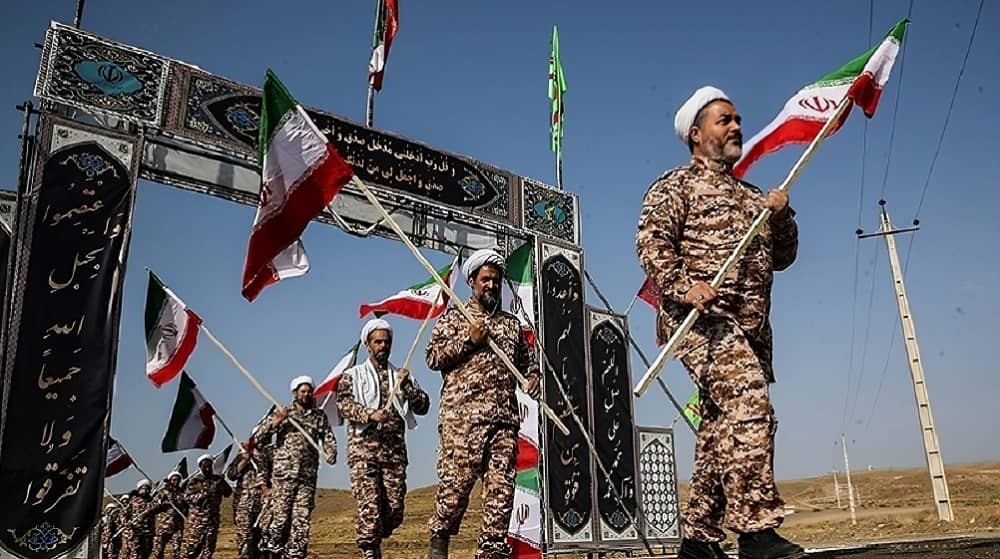

This action follows months of increased attacks by the Houthis on commercial shipping and coalition warships in the Red Sea. Over 100 missiles were launched, targeting 60 Houthi positions across 16 sites within Yemen, significantly hampering the Iran-backed group’s ability to threaten maritime security.
The Pentagon, while deeming the strikes successful, acknowledged the possibility of a Houthi resurgence, asserting the U.S.’ readiness for further actions if necessary.
Tensions heightened on Monday, January 16, when Houthi rebels struck a U.S.-owned ship in the Gulf of Aden, shortly after targeting an American destroyer with an anti-ship missile in the Red Sea. These maritime attacks are part of a broader pattern of over 100 assaults on coalition forces in Iraq and Syria since mid-October, attributed to Iran-backed militants employing advanced one-way attack drones.
Iran’s role in these escalations has been under scrutiny, especially with evidence linking Tehran to supplying drones to Russia for its Ukraine campaign. Despite denials, investigations into attack sites in Ukraine, Saudi Arabia, and elsewhere have revealed components indicative of Iranian manufacture.
Why Firmness Will Prevent War with #Iranhttps://t.co/k4SwUpabzi
— NCRI-FAC (@iran_policy) January 15, 2024
Adding to the regional volatility, Iran’s Navy seized the Greek-owned St. Nikolas oil tanker in an act that appeared to bolster Houthi capabilities. Initially targeting vessels linked to Israel, Houthi aggression has now broadly impacted global trade, with significant economic ramifications.
The UN Security Council’s unanimous vote last week reflects the universal concern over the Houthi threat to Red Sea shipping, a vital global trade route. Tehran’s attempts to distance itself from these attacks have proven increasingly futile amid escalating violence.
In a related development, Iran’s Islamic Revolutionary Guard Corps (IRGC) launched missiles into Iraqi territory near Erbil, targeting what they claim to be a Mossad base and “anti-Iran terror groups” in Syria. This strike further intensifies the already high regional tensions.
The recent U.S.-UK strikes against the Houthis were a direct response to an attack by the group involving over 20 missiles and drones, likely supplied by Iran. Concurrently, Iran’s continued arms smuggling was highlighted by a recent cargo plane arrival in Moscow, suspected of carrying drones for Russia’s use in Ukraine. Sources indicate forthcoming shipments to Russia, including advanced missiles and Shahed-107 drones, potentially equipped to counter Western aerial defense systems.
Amid these complexities, Iran’s strategy in the Middle East remains unyielding despite internal and external pressures. Western powers, relying primarily on military superiority, might be underestimating Tehran’s motives, which are driven more by a survival instinct than regional ambition. This misjudgment could lead to a miscalculation in addressing the challenges posed by Iran and its proxies in a region already on the brink of further conflict.

MEK Iran (follow us on Twitter and Facebook), Maryam Rajavi’s on her site, Twitter & Facebook, NCRI (Twitter & Facebook), and People’s Mojahedin Organization of Iran – MEK IRAN – YouTu







